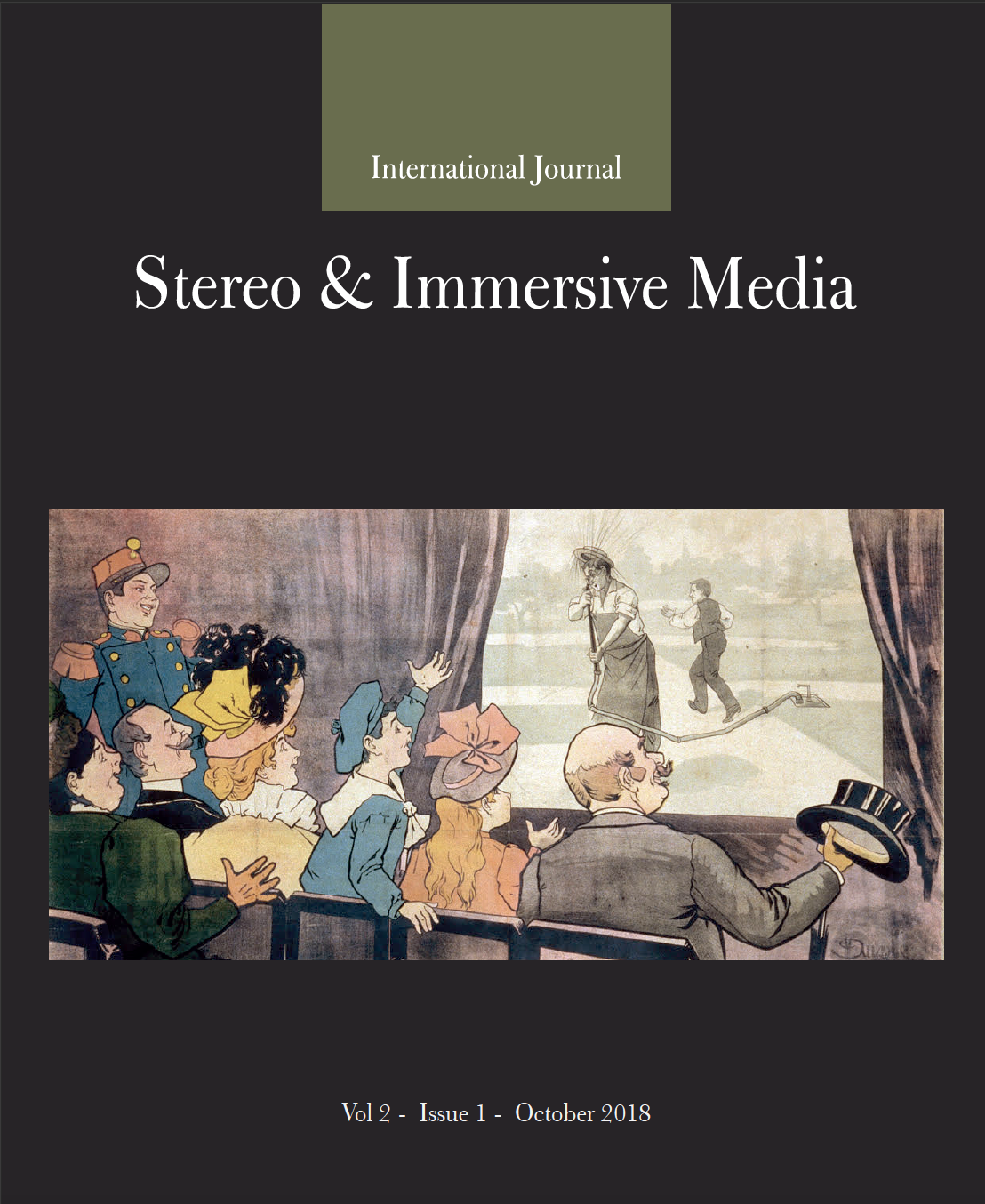Pioneer Iranian Stereo-Photographers at the Persian Court, 1858-1905
Abstract
The camera entered Iran as early as 1842, during the Qajar Dynasty (1785-1925). Naser al-Din Shah (reigned 1848-1896), was fascinated by the new medium and became both a patron of photography and an amateur photographer himself, establishing the Royal Photography Atelier in the Golestan Palace.
Aqa Reza Iqbal al-Saltaneh (1843-1889) was appointed in 1863 as Naser al-Din Shah’s first court photographer. Henceforth known as Reza Akkasbashi, his fascinating legacy includes a rare collection of several hundred stereographs (1858-65). The rudimentary and very poor examples of stereo photographs analysed here can be revealing of a stereo desire that was not paired with proper technological skill. The paper shows how stereo craze reached Iran and how early local photographers experimented with double images and photographic cameras.
Almost 40 years later, Naser al-Din Shah’s son Mozaffar al-Din Shah (reigned 1896-1907) produced stereographs himself during his second trip to Europe in 1903, and purchased a long list of photographic material from the London Stereoscopic and Photographic Society.



